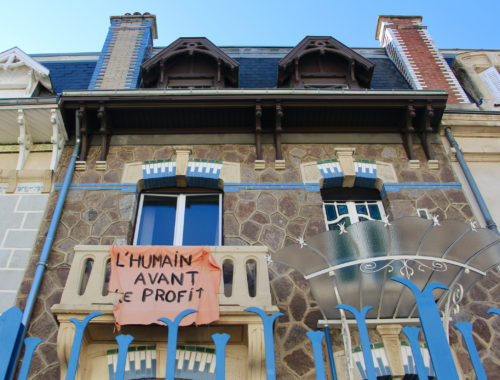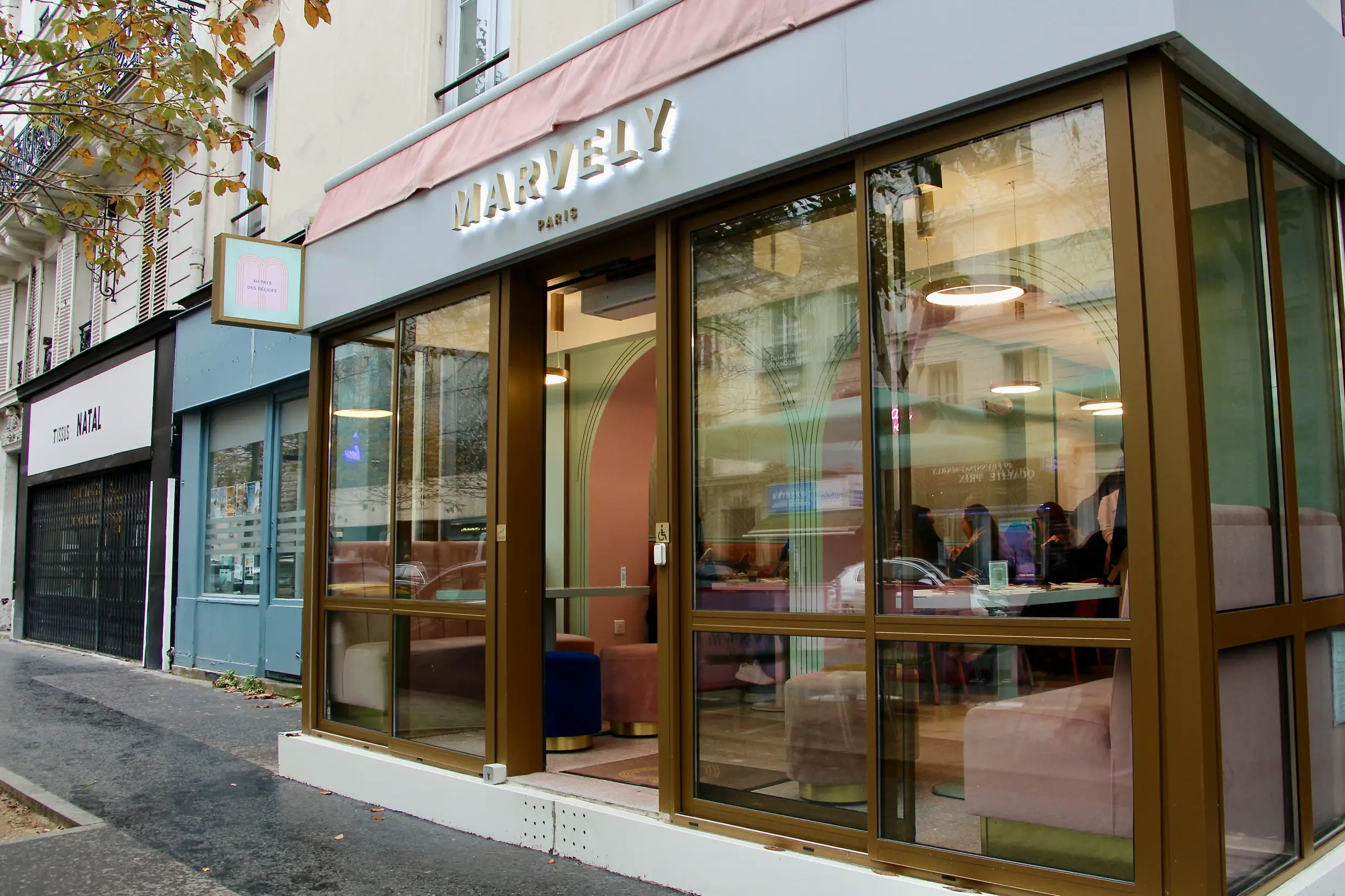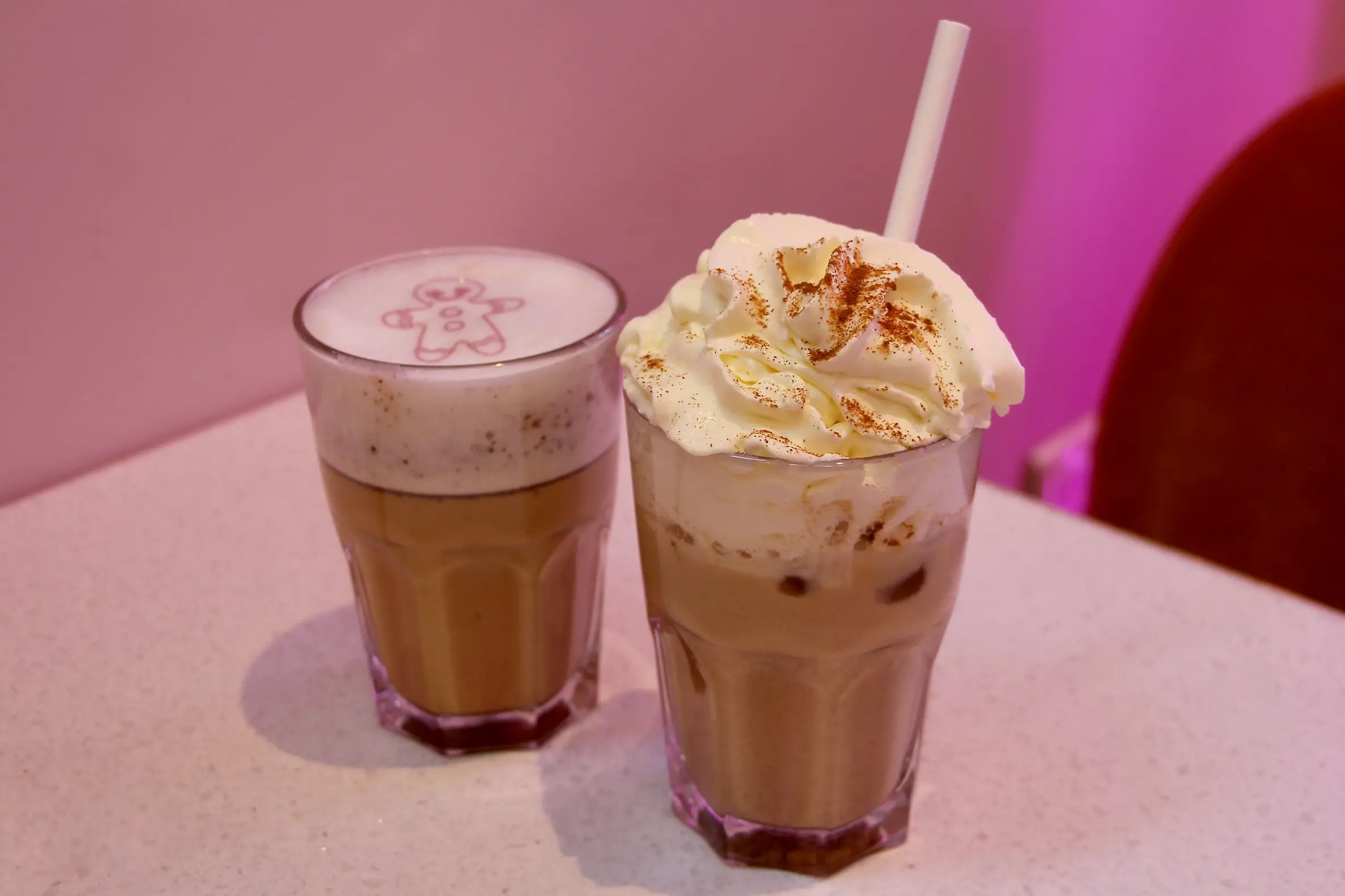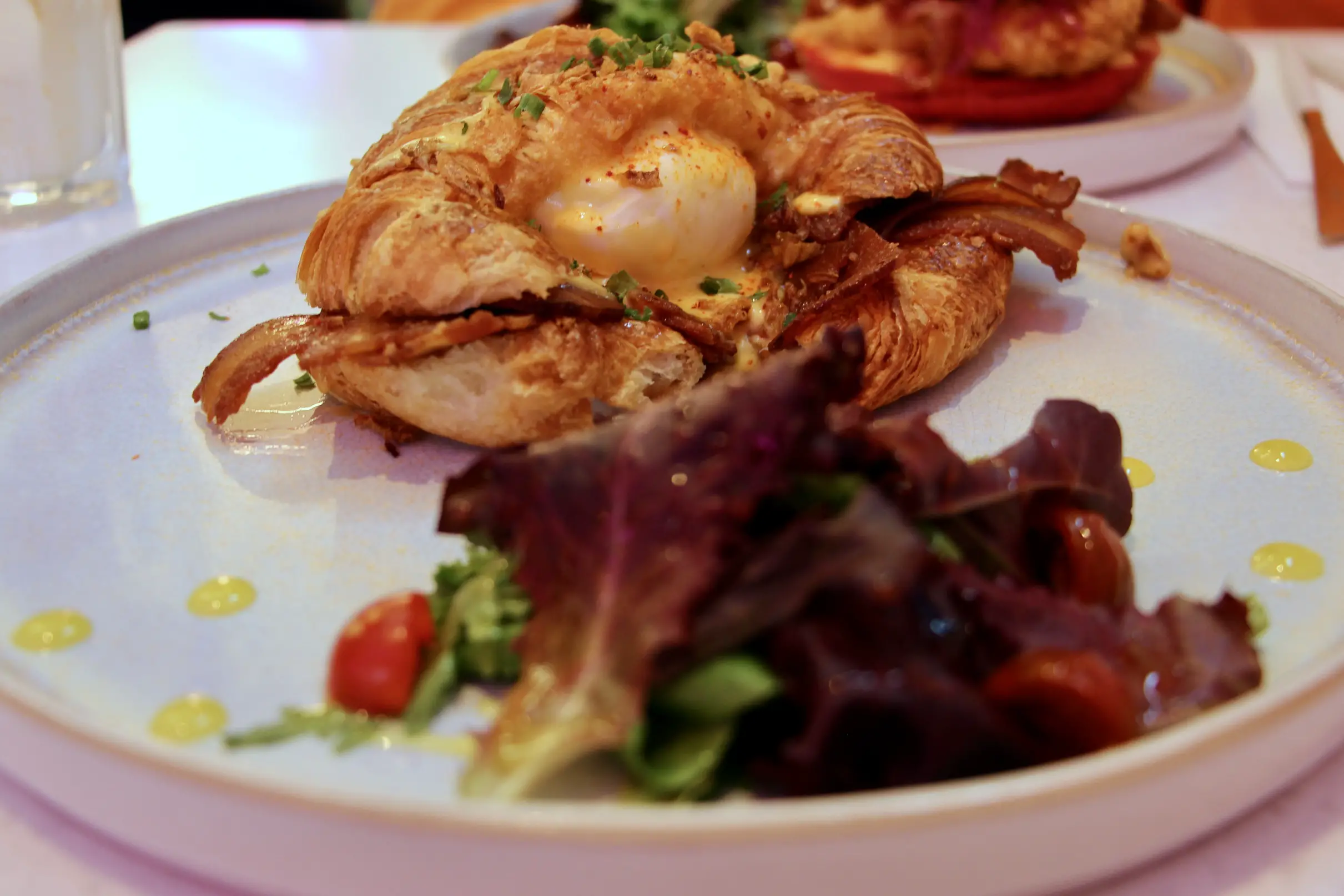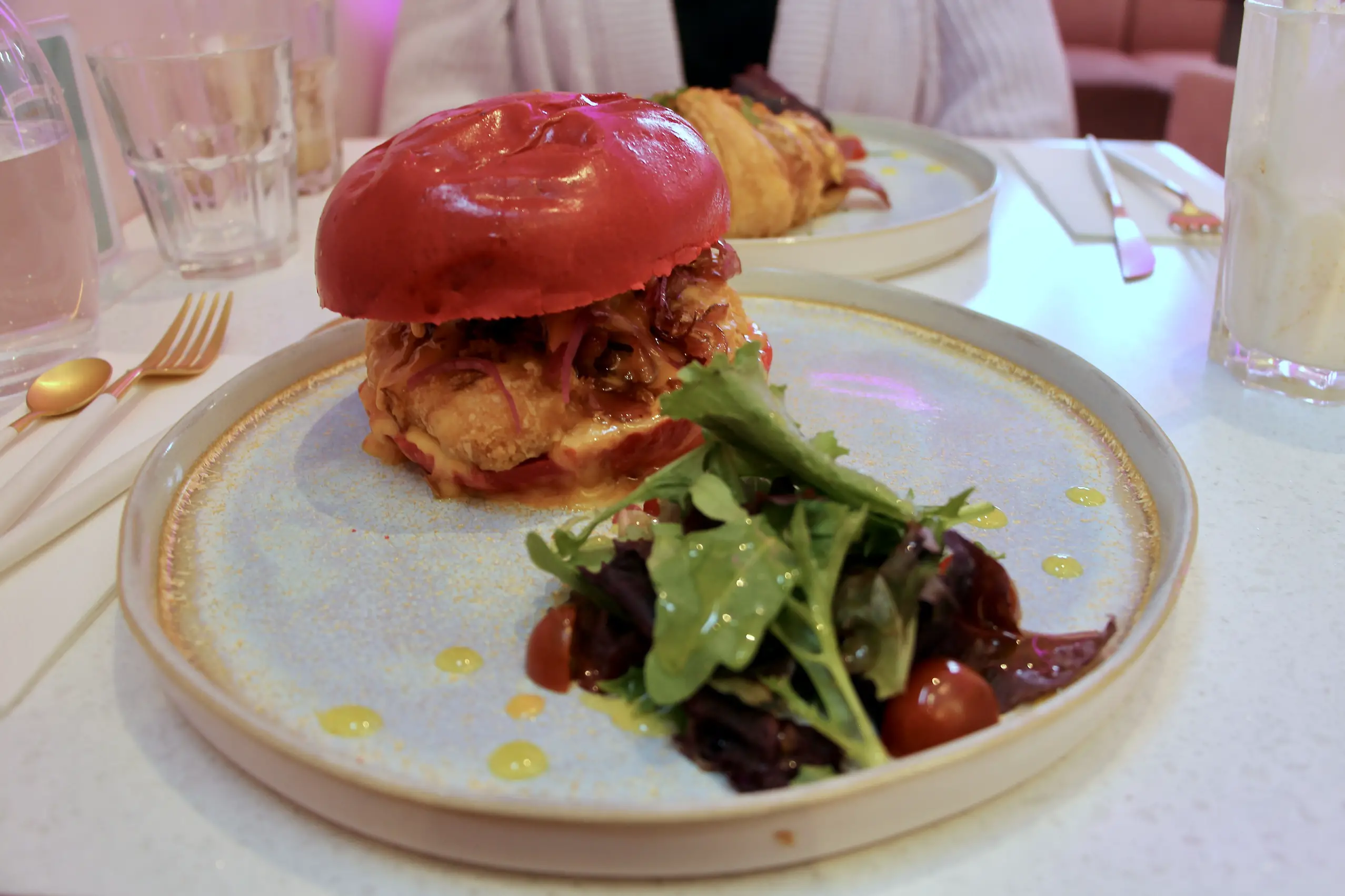
Why You Need to Visit the Informative Palais de la Porte Dorée
The Palais de la Porte Dorée, a unique building located in the 12th arrondissement of Paris, is currently home to the Musée de l’histoire de l’immigration (Immigration History Museum) and a tropical aquarium. From its extraordinary facade to its thought-provoking history, the Palais attracts hundreds of thousands of visitors per year. As Americans living in France, Jalen and I felt drawn to visit the Musée de l’histoire de l’immigration for obvious reasons. When we learned that there was also an aquarium to tour on the premises, which is coincidentally one of my all-time favorite activities, we immediately bought two billets jumelés (combined tickets) and planned a day trip to Paris. For more information about the Palais, its history, and our experience visiting both the museum and the aquarium, keep reading!
What is the Musée de l’histoire de l’immigration like?
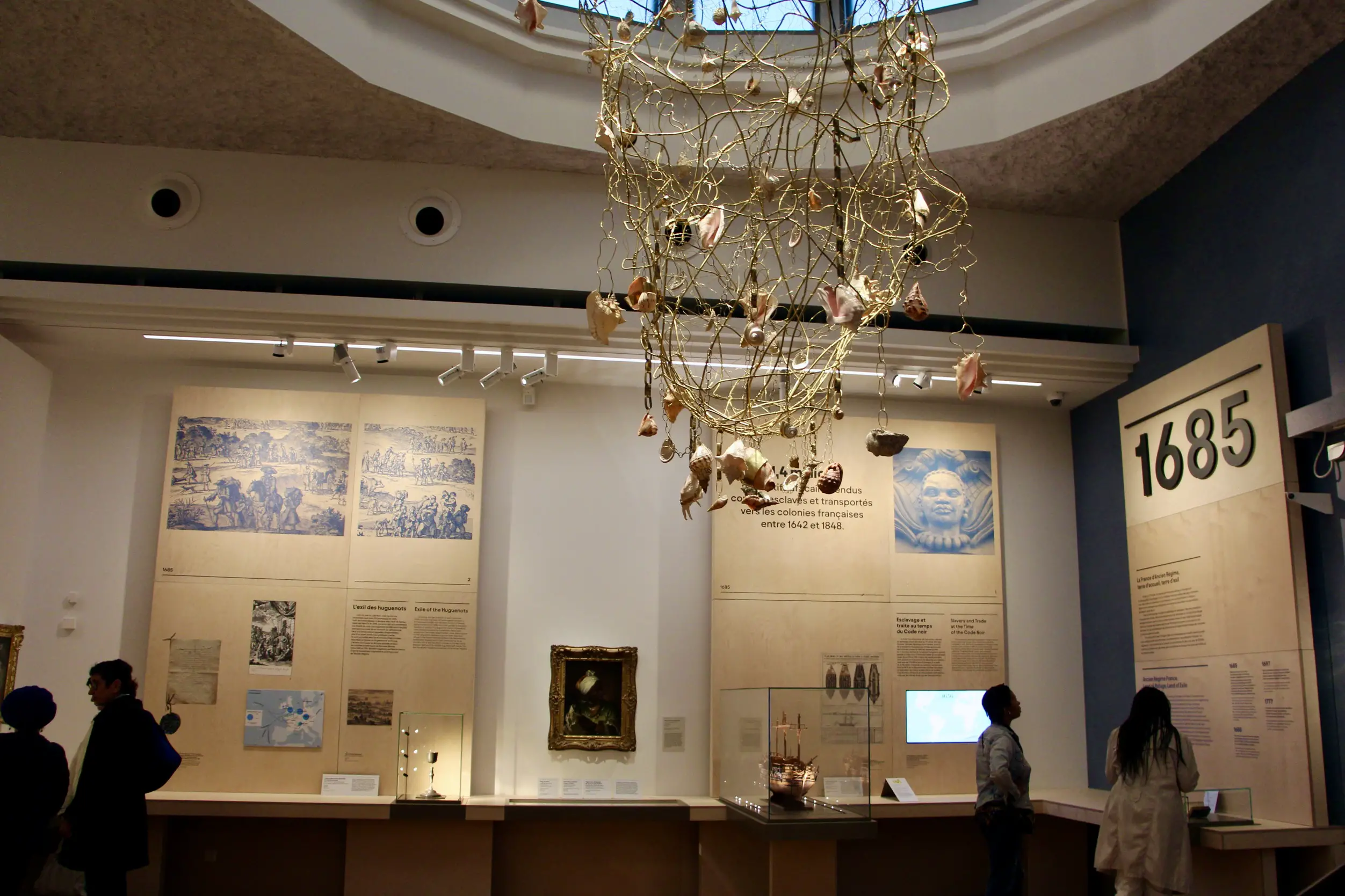
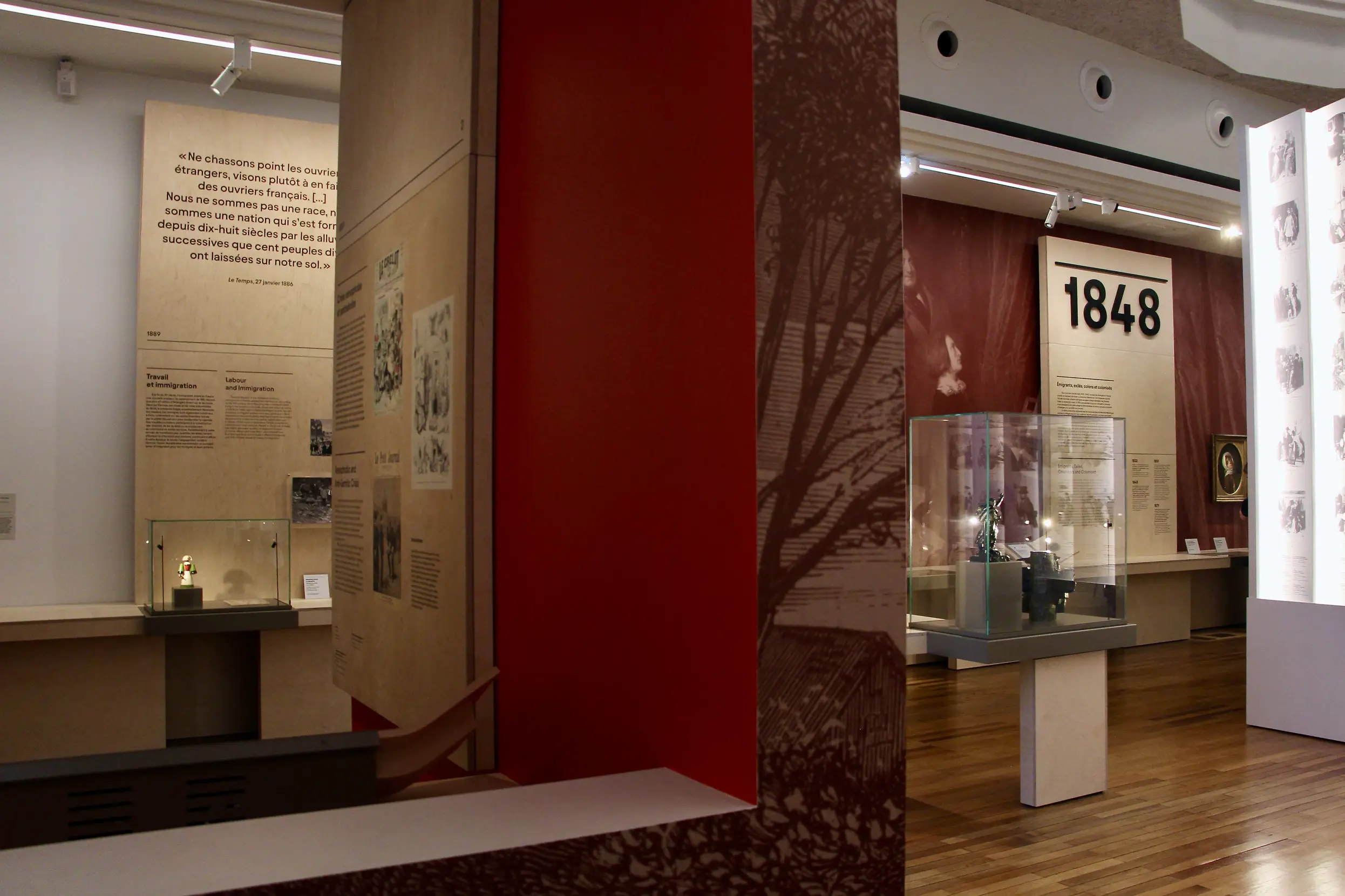
The newly-renovated Musée de l’histoire de l’immigration chronicles the past and present of immigration in the French context. The permanent collection traces inbound and outbound migratory flows, taking visitors on a journey from Louis XIV’s Edict of Fontainebleau in the 17th century all the way to the “Pour l’Ukraine” portal launched by the French government in 2022. Using primary documents, paintings, sculptures, photographs, text, videos, audio, and interactive touch screens, museum-goers are invited to immerse themselves in narratives that are as visually appealing as they are mentally stimulating. We believe that the exhibits succeed in enlightening the uninitiated, interesting the experts, and nurturing the ongoing discussions about immigration in our globalized society. Simplified written explanations for children, denoted by an illustrated petite valise jaune (little yellow suitcase), mean that people of all ages can take something from this museum. However, Jalen and I think that older children and adults will get the most out of a visit.
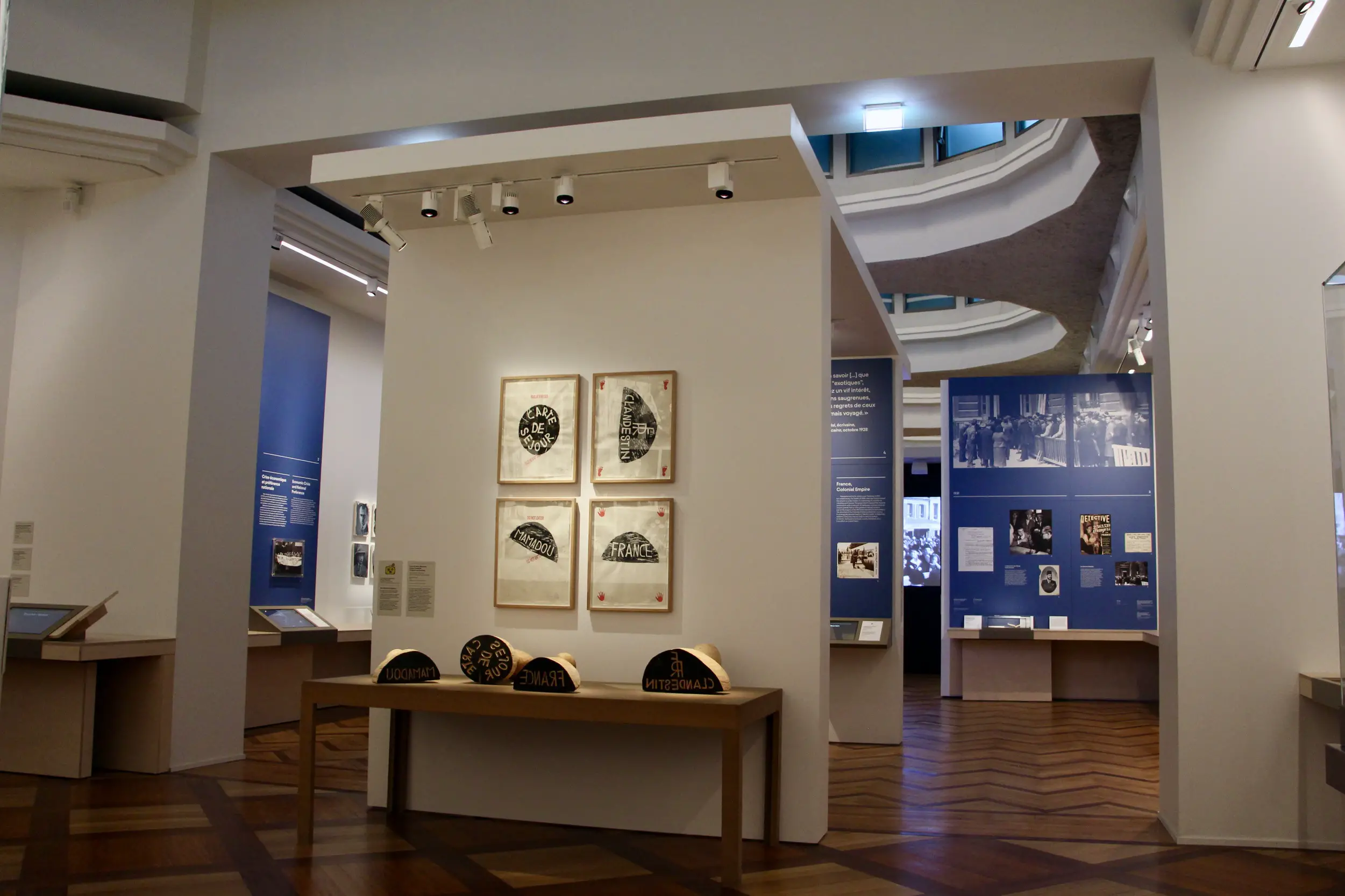
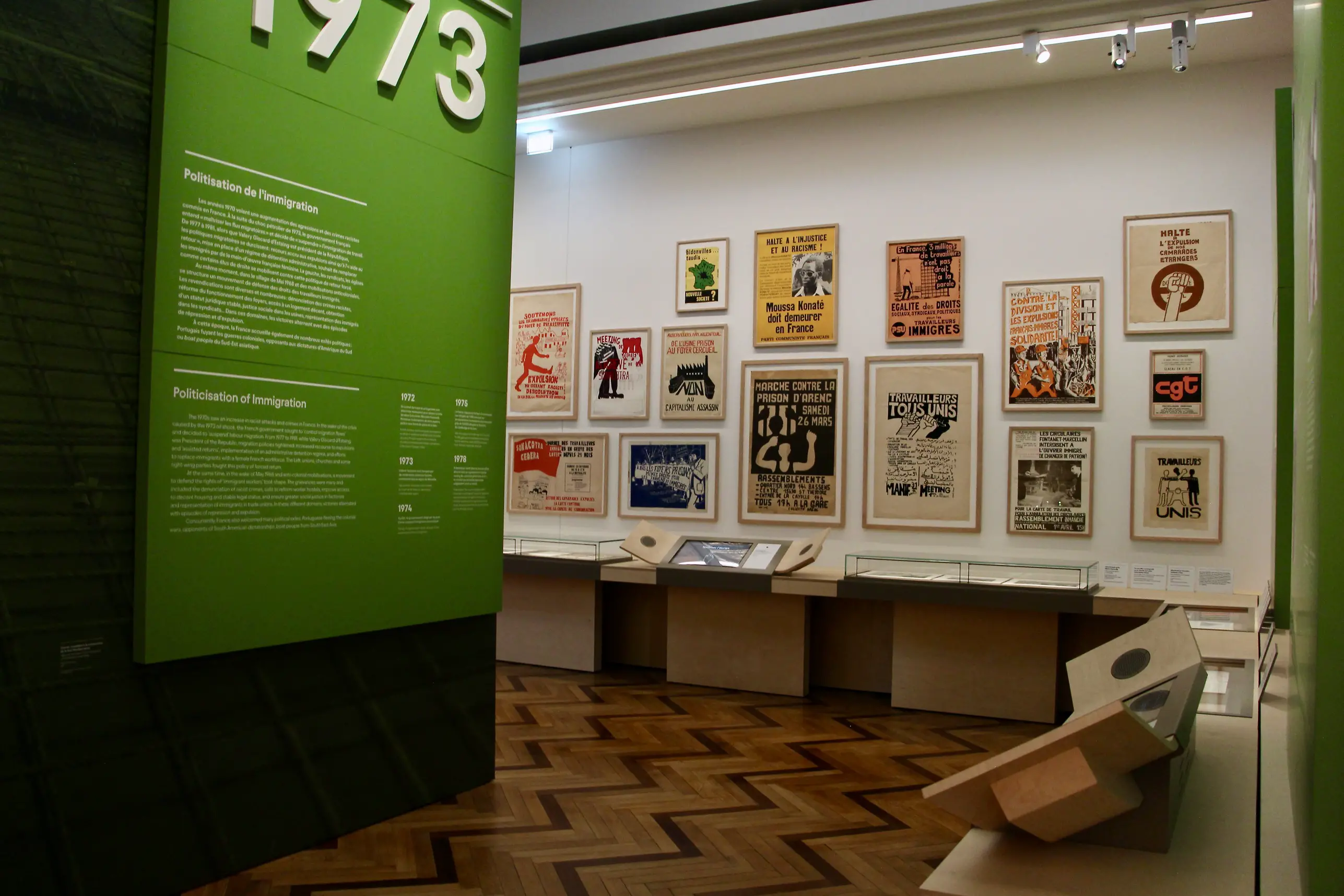
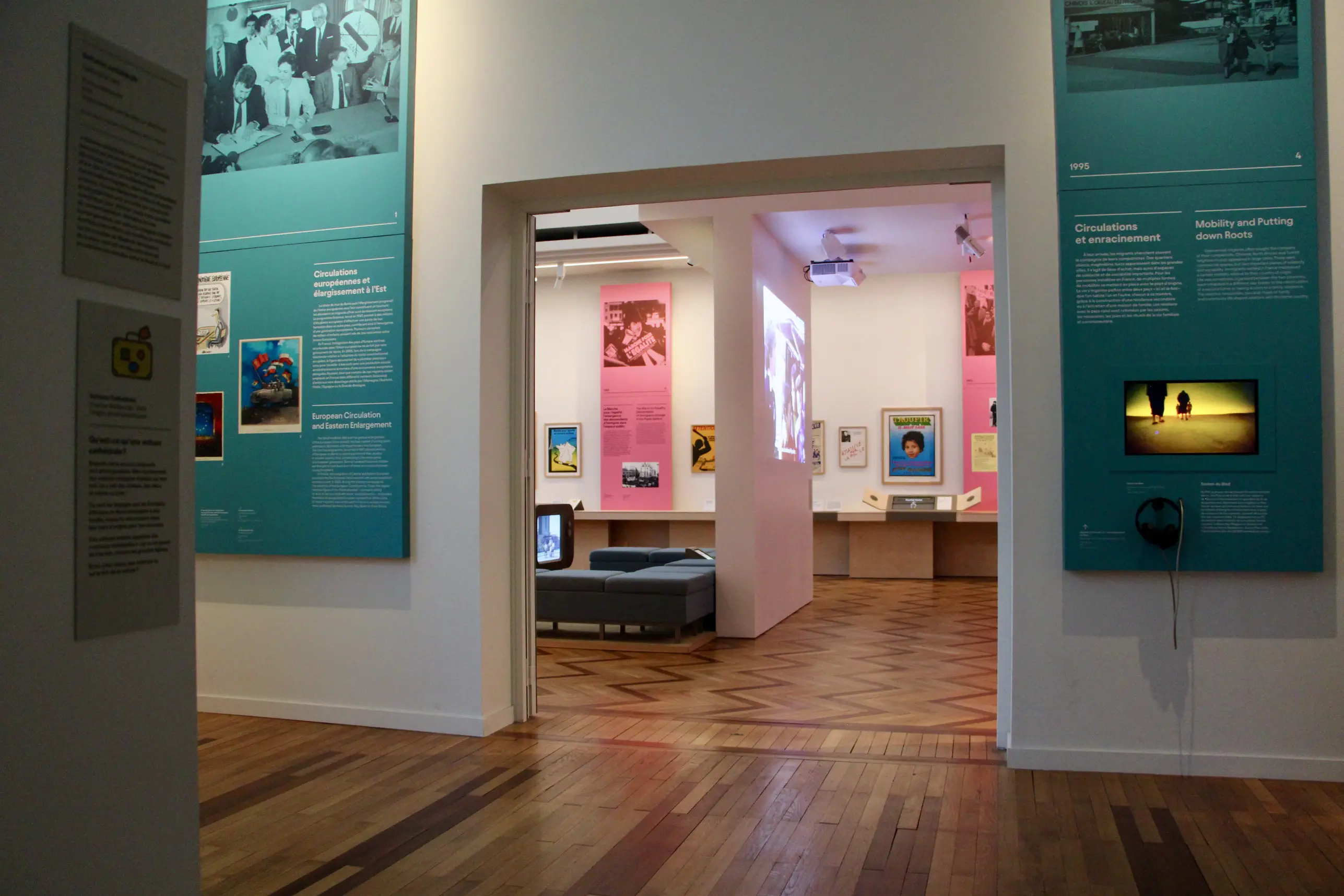
More information: Musée de l’histoire de l’immigration website
What is the Aquarium tropical like?


Displaying 500 different animal species living in 80 distinct environments, the Aquarium tropical is a hub of biodiversity. The open-plan setting glows blue and encourages visitors to let their preferences, not a pre-mapped pathway, guide them from tank to tank. The written texts throughout the aquarium label the underwater creatures and explore themes like anti-predator traits and behavior, electric fish, coral reefs, species association, and more. An immersive installation called Le Spot takes participants on a virtual swim with animated whales, and an informative video about the water system explains how staff keep the water clean and the animals en pleine forme (in great shape). The aquarium puts the fauna at the forefront by keeping the explanatory text and media simple and gimmick-free. Since much of the visit is purely peering into the tanks, it does takes some imagination to enjoy yourself. For this reason, in addition to the stepping blocks around the aquarium that allow little ones to see the displays at eye-level, Jalen and I concluded that the aquarium is ideal for the young and the young at heart.

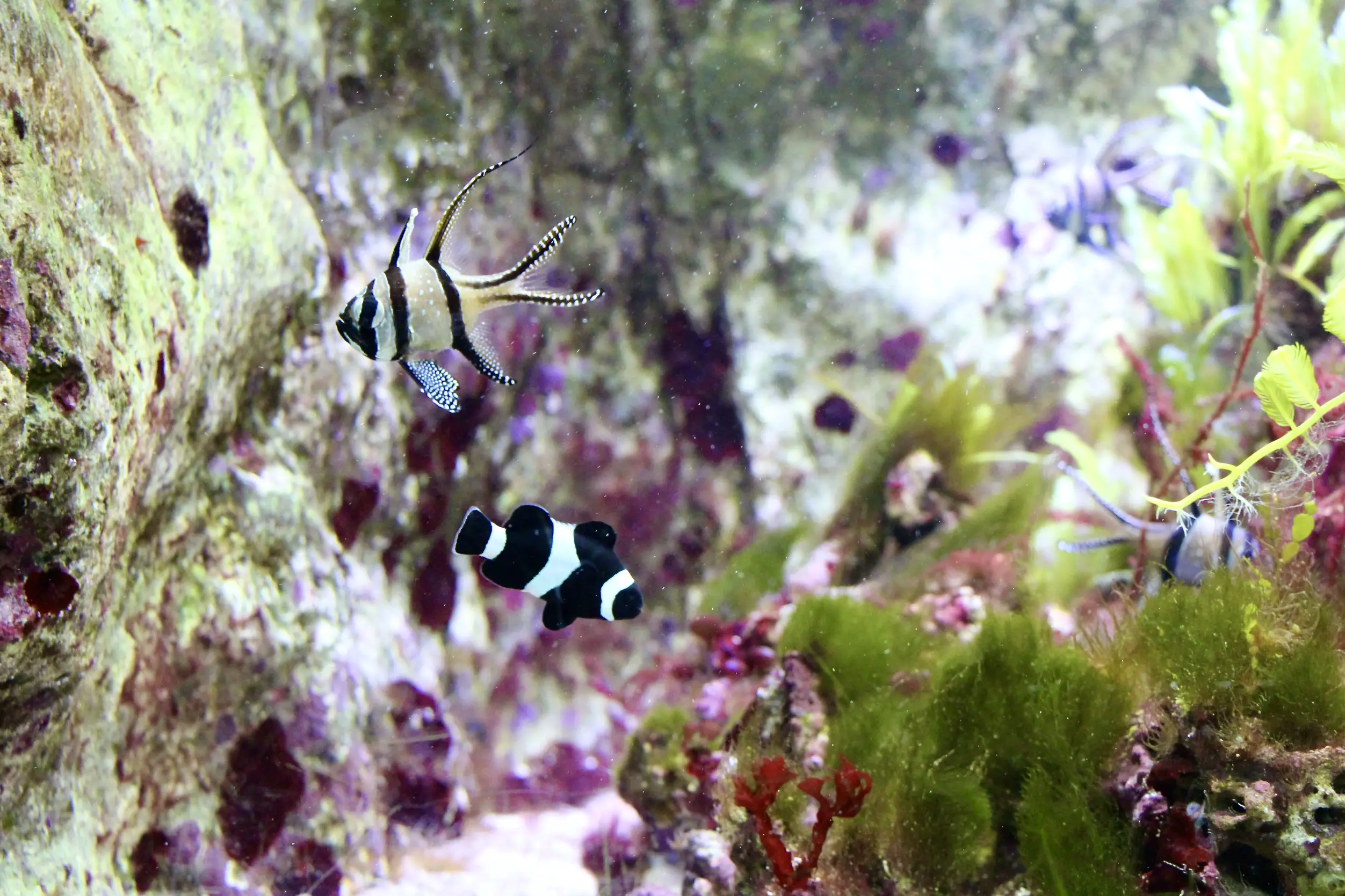

More information: Aquarium tropical website
What does immigration have to do with aquatic life?
At first glance, an immigration museum and tropical aquarium under one roof might just seem like a quirky combination. While it’s true that this mash-up makes for a crowd-pleasing attraction, the reason behind it actually has to do with France’s difficult colonial past. The Palais de la Porte Dorée was originally the Palais des Colonies, constructed to showcase the French colonial empire’s far-reaching power and wealth of resources. The museum portion of the Palais recounted the history of the French empire and displayed plant, animal and mineral products from the French colonies, while the aquarium section highlighted the aquatic fauna of the colonies and the products derived from harvesting them. The Palais des Colonies avoided the painful reality of the colonial situation, leaving out the violence, domination, and exploitation that characterized the French colonial empire all while applauding what France supposedly brought to the colonies and what the colonies did to enrich France.
Today, the Palais retains a certain resemblance to its colonial-era roots. For example, the bas-relief exterior sculpted by Alfred Auguste Janniot has welcomed visitors since 1931 and the aquarium layout has remained unchanged since it opened. However, over time, its primary goals have fundamentally shifted. The Musée de l’histoire de l’immigration features powerful immigrant stories without shying away from exposing the more distressing parts of French history, and the Aquarium tropical aims to educate the public, protect endangered species, and conserve natural environments. We are convinced that today’s version of the Palais is a must-see, and are pleased that a building with dubious beginnings is now home to exhibits worth exploring.
Sources: Le Palais et son histoire, L’Exposition coloniale de 1931, L’Aquarium tropical ou la section des eaux coloniales, La section des produits coloniaux, Le bas-relief d’Alfred Janniot
What should you know before visiting the Palais de la Porte Dorée?
Location
The Palais is located at the south-eastern extremity of Paris, just a stone’s throw from the Bois de Vincennes. Take line 8 on the métro, line T3 on the tram, or either the 46 or 201 bus to arrive via public transit. It took us a little over an hour to get there from where we live in Palaiseau.
Visit Duration
For an in-depth visit to the Musée de l’histoire de l’immigration, we’d recommend you plan for about two hours. At the aquarium, it will take you around an hour to get a good look at everything. We like to read the majority of the text displays, so if you prefer to breeze through and focus on just the visuals, you might take a bit less time.
Ticketing
Full-price admission to the museum or the aquarium costs 10 €, while a combined ticket to see both costs 14 €. Note that tickets are free for anyone under 26 years old, and a reduced price applies if you meet certain criteria. We felt that 14 € was a fair price for the dual experience.
Dining
Le Café du Palais is an on-site restaurant that offers a wide variety of food and drinks. We personally decided to eat elsewhere, so we can’t speak to the quality of the food or the prices. We can say, however, that the café’s set-up looked very inviting.
More information: Palais de la Porte Dorée website
Where should you eat after visiting the Palais de la Porte Dorée?
If you’re looking for a place to grab a bite to eat after a few hours at the Palais, we recommend hopping on the métro, taking line 8 to Station Faidherbe-Chaligny, and grabbing brunch at Marvely. You’ll get to see a different corner of the city without leaving the 12th arrondissement. Marvely has adorable decor, decadent drinks, and a fun brunch menu. We loved the fact that they provide both sweet and savory choices plus good vegetarian meal options.
On the whole, we thoroughly enjoyed our visit to the Palais de la Porte Dorée. We’re always down to educate ourselves at museums and aquariums, and the ones you’ll find in the Palais are top-notch. The Musée de l’histoire de l’immigration has definitely earned a spot in our top five favorite museums of all time! Have you been to the Palais de la Porte Dorée? Will you stop by on your next trip to Paris? Let us know in a comment!
Come with us to the Palais de la Porte Dorée and Marvely!
You May Also Like
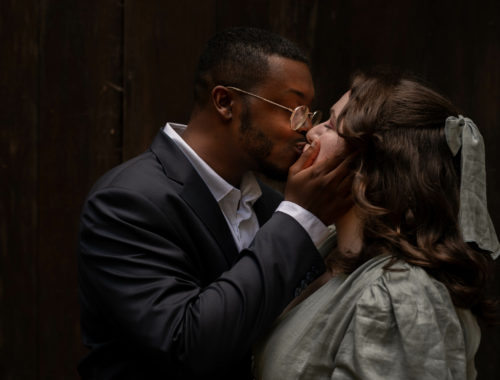
How To Get Married In France as Two Foreigners: Pre-Ceremony Organization
September 14, 2022
I Got Laid Off in France (And Found Another Job)
April 17, 2024